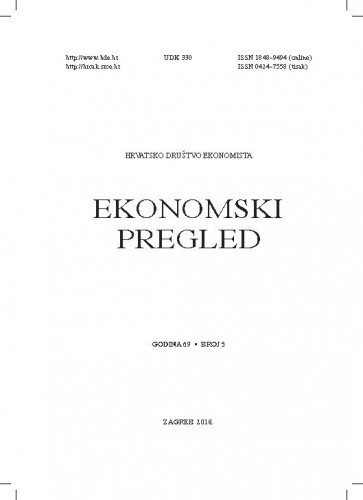Dohodovne i tehnološke nejednakosti između zemalja mogu se derivirati iz razlika u specifičnim uvjetima tehnološkog napretka u pojedinim zemljama. Inovacija zahtijeva odgovarajuće ljudske resurse i institucionalno okruženje, kao i tvrtke za inoviranje. Razlike u ljudskim, financijskim i institucionalnim uvjetima stvaraju tehnološke razlike što dovodi do inovativnih i imitacijskih gospodarstava s različitim ekonomskim performansama. Tehnološke promjene u gospodarstvu omogućene su stvaranjem i primjenom novih znanja. Stoga se tehnološki napredak može tumačiti kao specifičan oblik akumulacije znanja, u kojem ljudski resursi zemalja imaju ključnu ulogu. Ovo istraživanje ima za cilj ilustrirati nejednakosti u inovacijama razvoja ljudskih resursa između inovativnih i imitacijskih gospodarstava zasnovanih na neparametrijskim i multivarijantnim statističkim metodama. Varijable ljudskog kapitala i indeksa globalnih inovacija usporedit će se koristeći različite analitičke tehnike kako bi se istaknulo gdje su veće razlike u razvoju ljudskih resursa između skupina zemalja. Glavni rezultat ovog istraživanja je da je ukupan broj godina školovanja čimbenik u kojem su zemlje najviše razlikuju, pa je obrazovanje važno za zemlje imitatorice kako bi dostignule zemlje inovatore.; The income and technological inequalities between countries can be derived from differences in country-specific conditions of technological progress. Innovation requires appropriate human resources and institutional environment, as well as firms to innovate. Differences in human, financial and institutional conditions create technology disparities which lead to innovation- and imitation-based economies with different economic performance. Technological changes in the economy are made possible by the creation and application of new knowledge. Therefore, technological progress can be interpreted as a specific form of knowledge accumulation, in which the human resources of the countries play a key role. This research aims to illustrate the inequalities of innovation’s human resource conditions between innovation- and imitation-based economies based on non-parametric and multivariate statistical methods. Variables from the human capital and research pillar of the Global Innovation Index will be compared using different analytical techniques to highlight where the bigger gaps in human resource conditions between country groups are. The main result of this research is that school life expectancy is the factor in which the countries are the most differentiated, so increasing participation in education is important for imitator countries to catch-up with innovation leaders.
Sažetak

 Ekonomski pregled : mjesečnik Hrvatskog društva ekonomista : 69,5(2018) / glavni i odgovorni urednik Dragomir Vojnić.
Ekonomski pregled : mjesečnik Hrvatskog društva ekonomista : 69,5(2018) / glavni i odgovorni urednik Dragomir Vojnić.